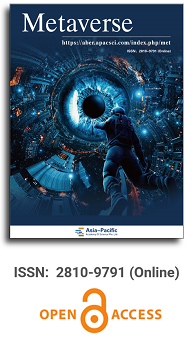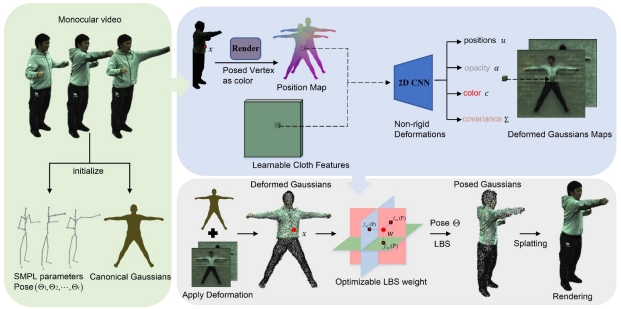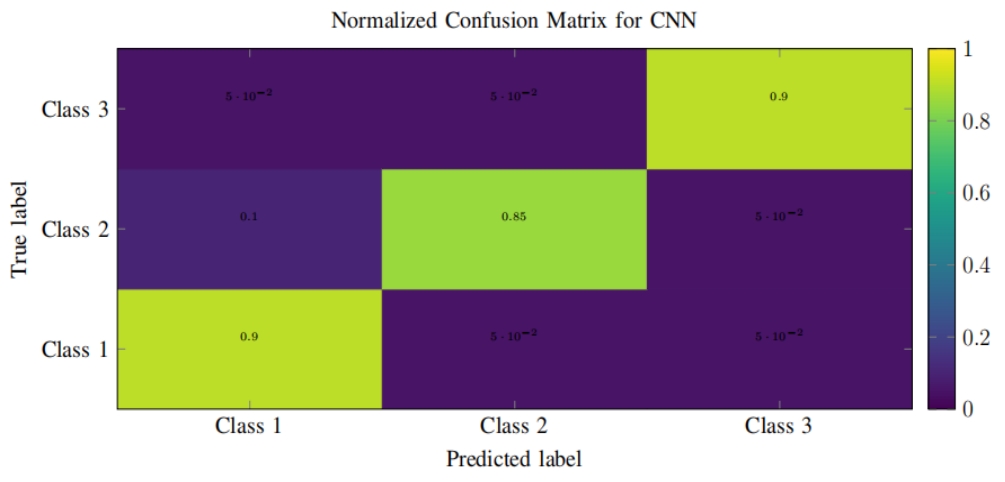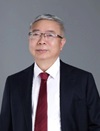
Asia Pacific Academy of Science Pte. Ltd. (APACSCI) specializes in international journal publishing. APACSCI adopts the open access publishing model and provides an important communication bridge for academic groups whose interest fields include engineering, technology, medicine, computer, mathematics, agriculture and forestry, and environment.



The three elements of hypertext: Constructing digital artistry and rebooting possible lives—Take the Cheng Guang work “Life Reboot” as the center of inspection
Vol 4, Issue 2, 2023
Download PDF
Abstract
The core characteristic of new media literature that differs from traditional print-era literature can be summarized as “digital artistry”. Based on the Cheng Guang interactive platform, the Cheng Guang literature adopts a typical hypertext model and shows a certain degree of representativeness in the creation of digital artistry. Life Reboot fully utilizes the constructive functions of the three elements of hypertext—node, link, and network—to produce aesthetic effects that are different from those of traditional literary works—digital artistry such as composite symbolic text, interactive narrative, and ontolepsis. The use of the three elements of hypertext enables readers to break through the limitations of reality, travel through multi-dimensional space and “parallel universes”, realize a life reboot, reach multiple possible lives, and obtain aesthetic experiences that traditional literary works cannot provide.
Keywords
References
- Landow GP. Hypertext 3.0: Critical Theory and New Media in an Era of Globalization. Johns Hopkins University Press; 2006. p. 2.
- Huang M. Computer Art. Academia Press; 1998. pp. 100–101.
- Shan X. Media and Literature: An Introduction to Media Literary Theory. The Commercial Press; 2015. pp. 106–108.
- Cheng Guang. Plot branching introduction and design tip. Available online: http://www.66rpg.com/course/details/t_92/189.shtml (accessed on 11 June 2023).
- Shan X. Media and Literature: An Introduction to Media Literary Theory. The Commercial Press; 2015. pp. 105–106.
- Shan X. Media and Literature: An Introduction to Media Literary Theory. The Commercial Press; 2015. p. 189.
- Shan X. Media and Literature: An Introduction to Media Literary Theory. The Commercial Press; 2015. p. 224.
- Shan X. A study of Raine Koskimaa’s digital literature. Theoretical Studies in Literature and Art 2011; 5: 12–21.
- Wu B. Everett and his Many-worlds Theory. Physics 2020; 11: 782.
- Zou T. Narrative Memory and the Self. Xidian University Press; 2017. p. 219.
Supporting Agencies
This article is the result of the key project “Research on New Media Literature and Arts in China” (No: 18ZDA282), a major project of The National Social Science Fund of China.
Copyright (c) 2023 Xiaoxi Shan, Yucheng Song
License URL: https://creativecommons.org/licenses/by/4.0/

This site is licensed under a Creative Commons Attribution 4.0 International License (CC BY 4.0).

Prof. Zhigeng Pan
Professor, Hangzhou International Innovation Institute (H3I), Beihang University, China

Prof. Jianrong Tan
Academician, Chinese Academy of Engineering, China
Conference Time
December 15-18, 2025
Conference Venue
Hong Kong Convention and Exhibition Center (HKCEC)
...
Metaverse Scientist Forum No.3 was successfully held on April 22, 2025, from 19:00 to 20:30 (Beijing Time)...
We received the Scopus notification on April 19th, confirming that the journal has been successfully indexed by Scopus...
We are pleased to announce that we have updated the requirements for manuscript figures in the submission guidelines. Manuscripts submitted after April 15, 2025 are required to strictly adhere to the change. These updates are aimed at ensuring the highest quality of visual content in our publications and enhancing the overall readability and impact of your research. For more details, please find it in sumissions...






.jpg)
.jpg)

